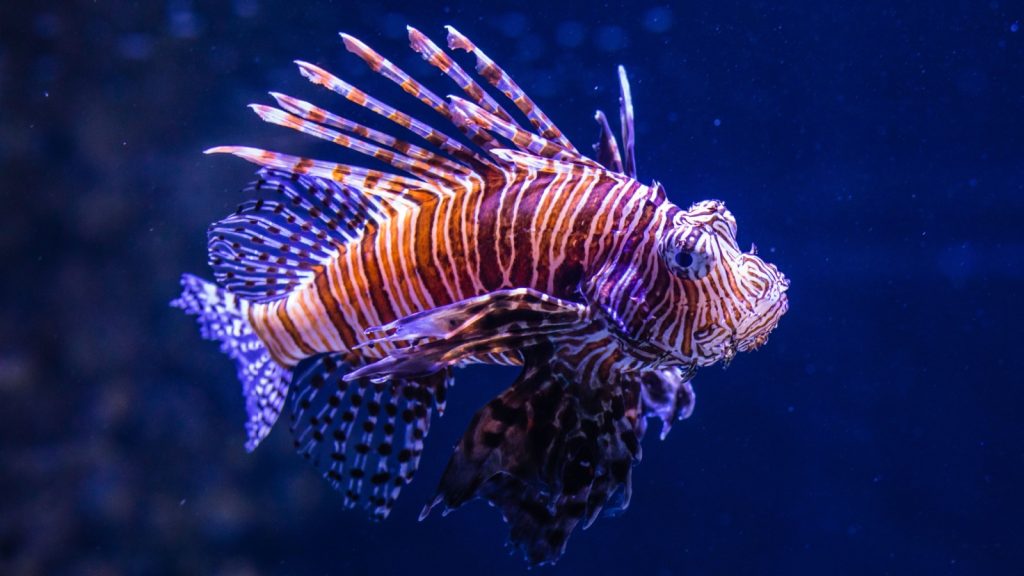When you think of venomous creatures, you probably think of snakes and maybe spiders. But the real list of the world’s most venomous animals might surprise you. Mother Nature is both wonderful and terrifying, and sometimes, the most innocent or most beautiful creature is actually capable of doing great harm. It’s important to note that we’re talking about venomous creatures, not poisonous ones—there’s a difference, but we’ll explain that later.
Scientists rank the potency of venom using the LD50 test, which measures how much venom is needed to kill 50 percent of a group of test mice. This list also takes into account how much venom an animal can inject and the overall harm it can cause.
Difference Between Poisonous and Venomous Animals
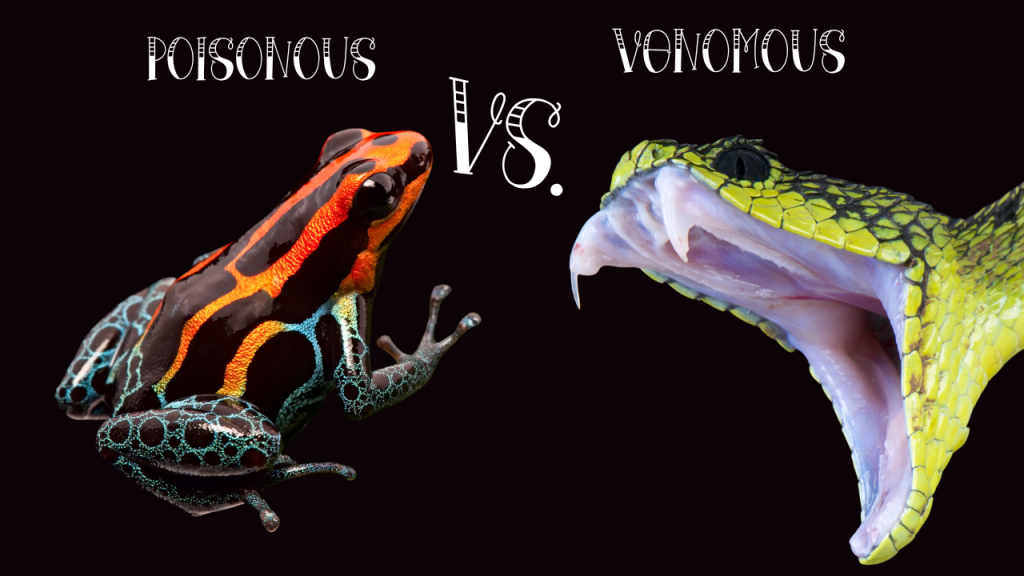
It’s important to know the difference between poisonous and venomous animals. If an animal is poisonous, it can make you sick if you touch it or eat it., like a poison dart frog. Venomous animals have a way to inject venom into you, like with a bite or a sting. This helps you understand how each type of animal can be dangerous and how to stay safe around them.
Southern Short-Tailed Shrew
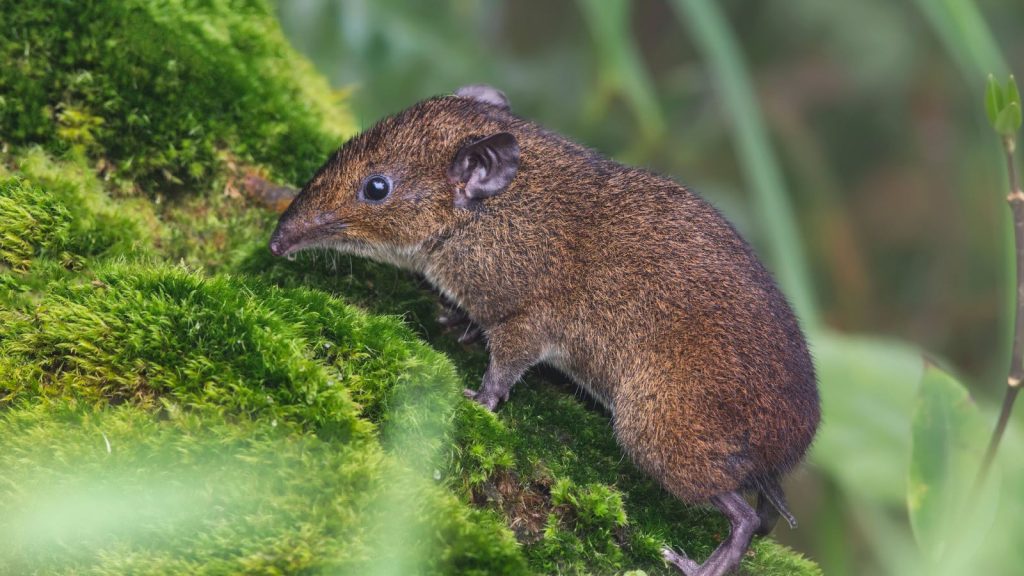
Yes, a shrew. This tiny animal uses its grooved incisors to deliver venom powerful enough to kill 200 mice. Though it’s not deadly to humans, the resulting pain, swelling, and muscle issues from a shrew bite are best avoided.
Gila Monster
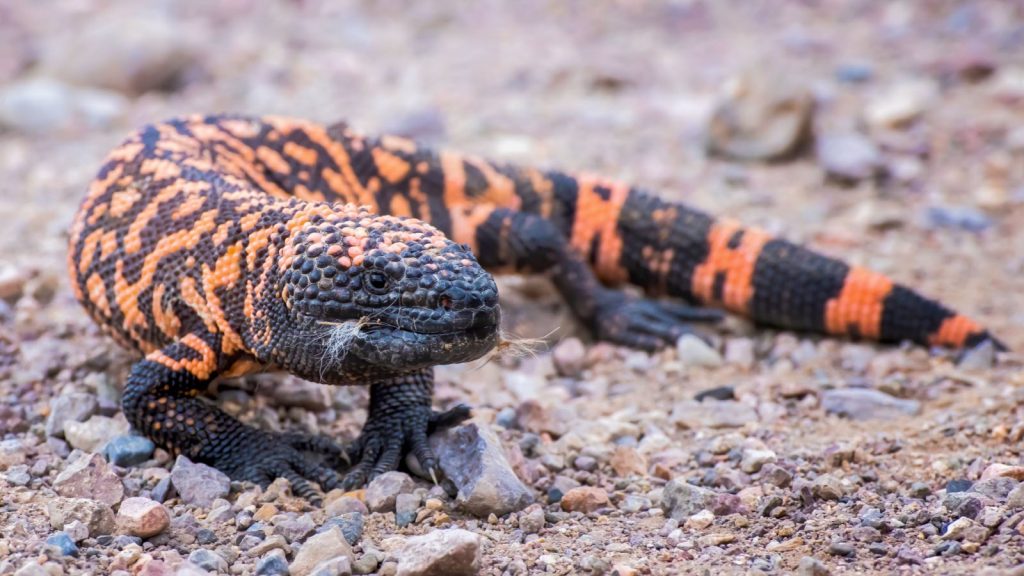
As one of the most venomous lizards, the Gila monster’s bite is painful but not fatal to humans. Symptoms include intense pain, lower blood pressure, and bleeding. Recovery could linger for several days, making every moment an ordeal.
Duck-Billed Platypus
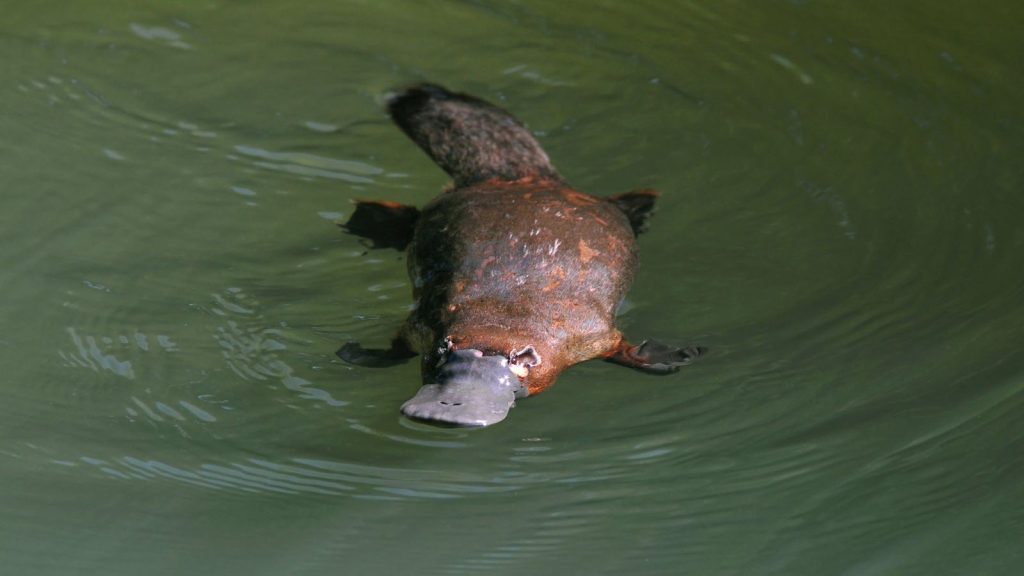
It might look harmless and even a bit comical, but the male platypus can deliver a potent venom during mating season. This venom, coming from spurs on its hind legs, causes severe, morphine-resistant pain that can torment a victim for weeks.
Mexican Beaded Lizard
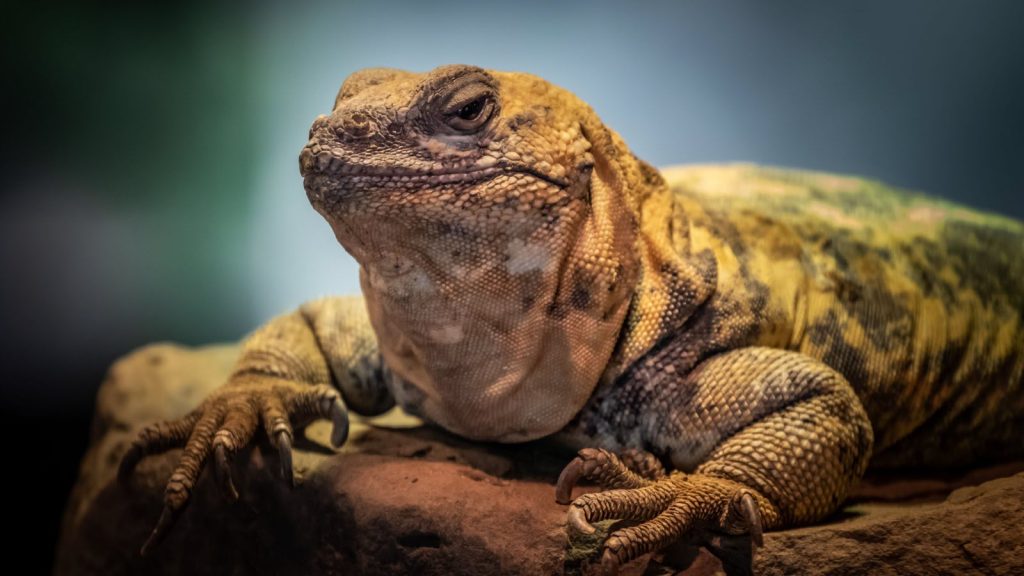
Unlike its reptilian cousins with fangs, the Mexican beaded lizard inflicts wounds by chewing on its prey. Its venom, passed along via grooved teeth, can cause severe pain, swelling, and more severe symptoms like a drop in blood pressure or even, though rarely, respiratory failure.
Catfish
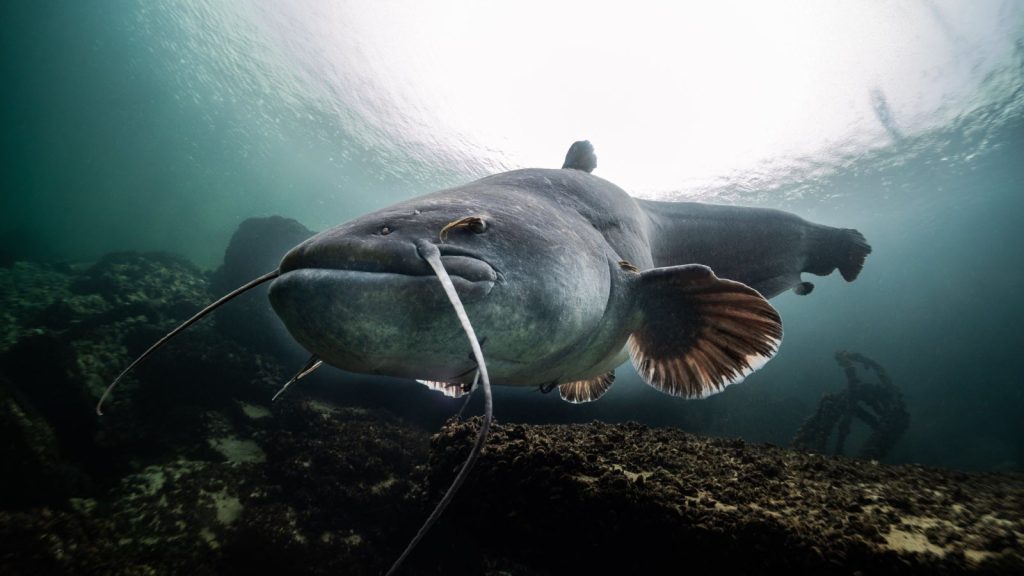
Yes, the same catfish you might enjoy fried on a dinner plate. Many species have venomous spines that can cause excruciating wounds. The venom is strong enough to send an unfortunate victim to the hospital and, in extreme cases like with the striped eel catfish, can be fatal.
King Brown Snake
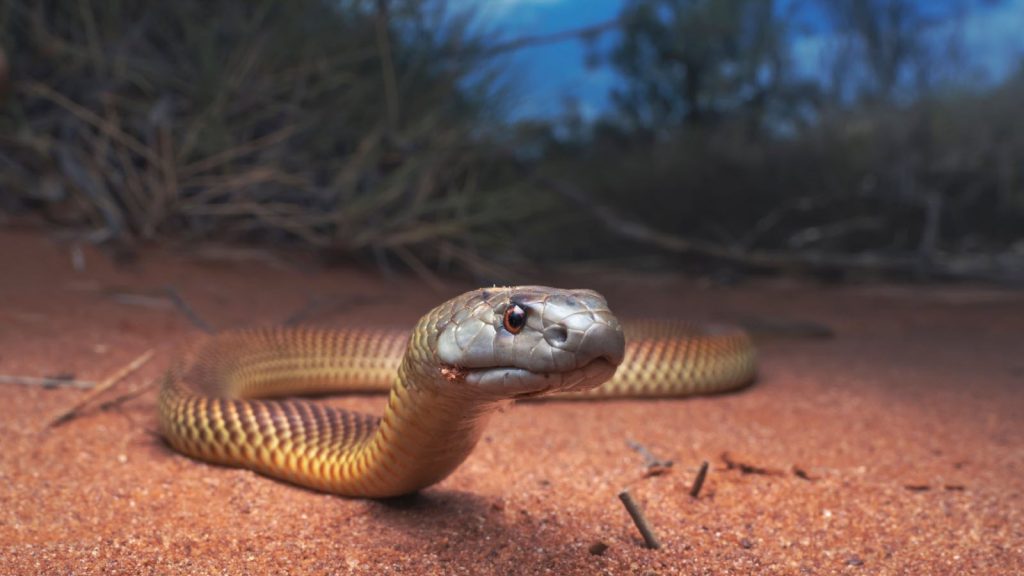
Known as the mulga, this snake isn’t the most potent in venom but makes up for it with the volume delivered—up to 150 milligrams in a single bite. Though fatalities are rare, the bite of a king brown snake can still be deadly if not treated promptly.
Brown Recluse

The venom of this feared spider leads to a host of unpleasant effects including nausea, vomiting, necrosis, and severe pain. Its bite can be especially dangerous for children and those with weakened immune systems, potentially resulting in organ damage or death.
Blue-Spotted Stingray
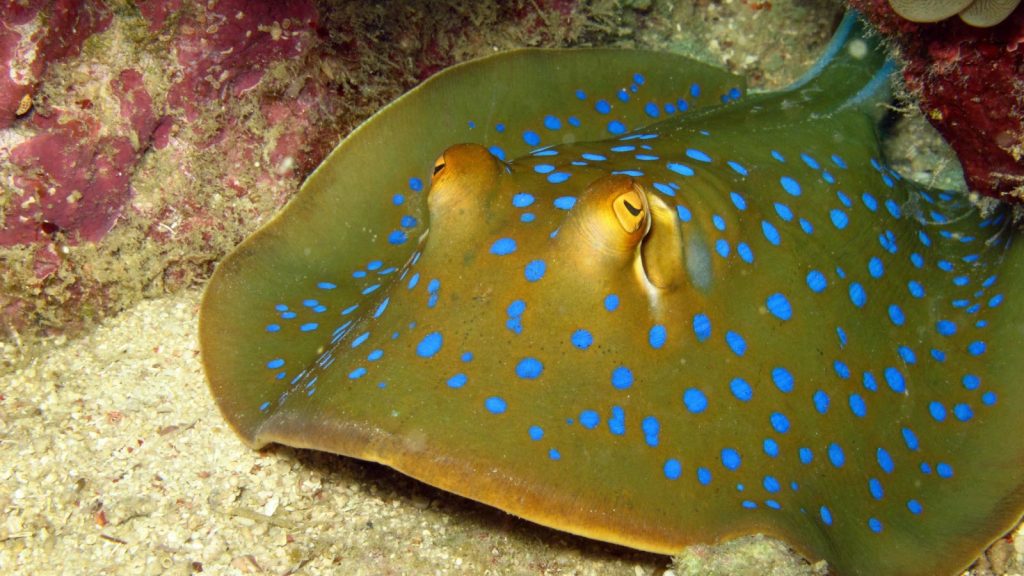
Among stingrays, the blue-spotted variety ranks as the most venomous. Deaths are uncommon but possible, particularly if the sting hits a vital area. As the tragic incident with wildlife expert Steve Irwin illustrated, a sting to critical organs can be fatal.
Eastern Diamondback Rattlesnake
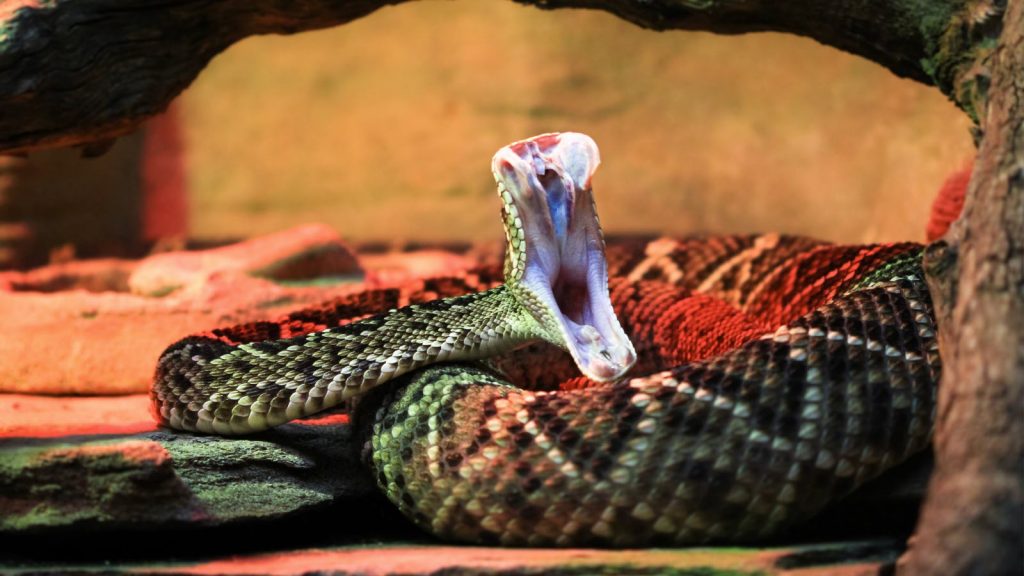
The Eastern Diamondback is the largest rattlesnake and also the most venomous in North America, capable of delivering between 400 and 1,000 milligrams of venom in a single bite. A mere 100 to 150 milligrams of this venom is enough to be fatal to humans, making an encounter with this snake particularly dangerous.
Lionfish
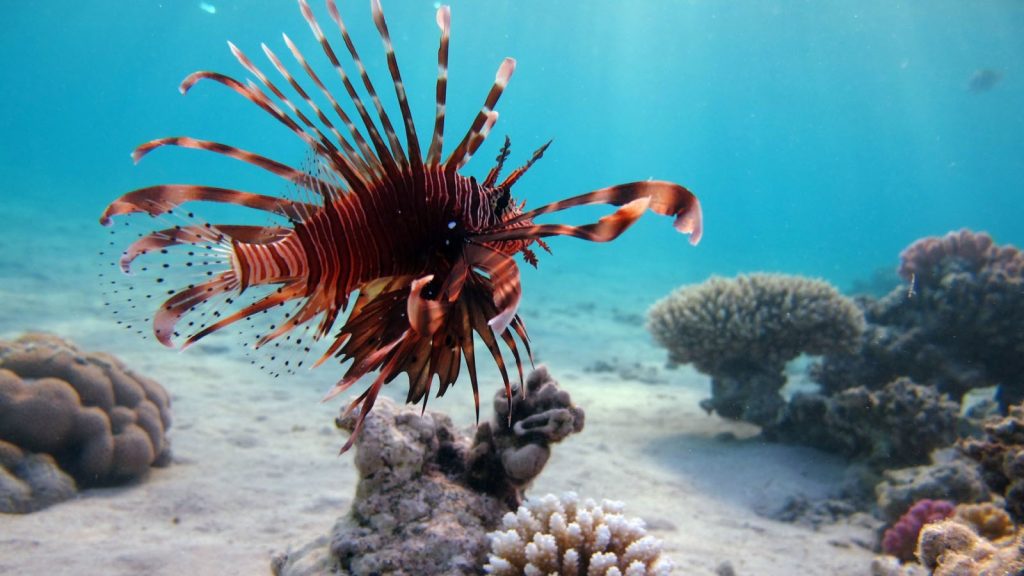
Noted for its striking appearance, the lionfish uses its vibrant colors to warn off predators while packing a venomous punch through its fin rays. A sting from this fish can lead to severe reactions including pain, vomiting, fever, convulsions, paralysis, and even death, making it as deadly as it is beautiful.
Black Widow Spider
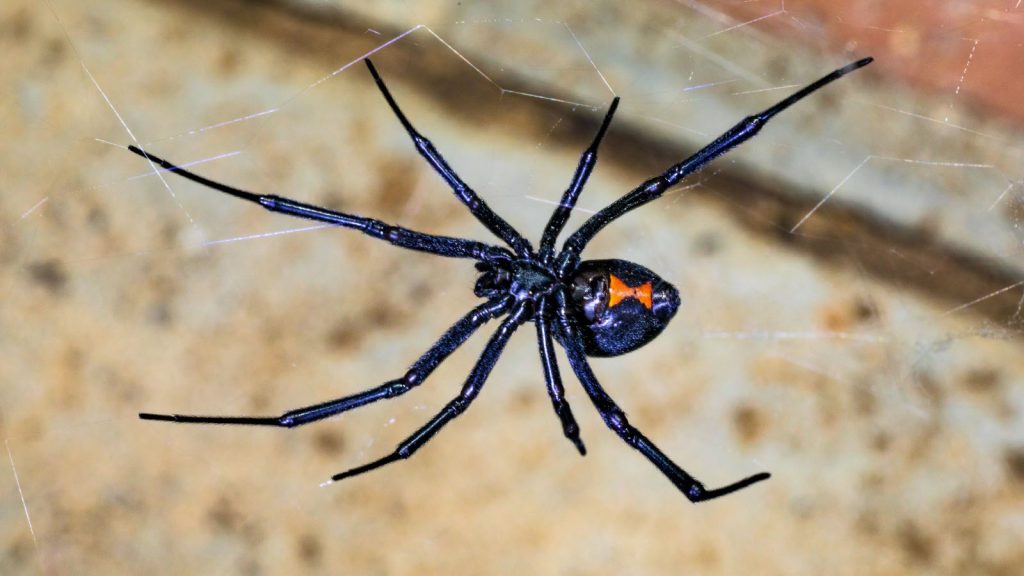
The female black widow’s venom is extremely potent, targeting the nervous system and causing intense pain, muscle control issues, and elevated blood pressure. The concentration of venom in these spiders can make their bites potentially fatal, making them deadly, despite their small size.
Stonefish
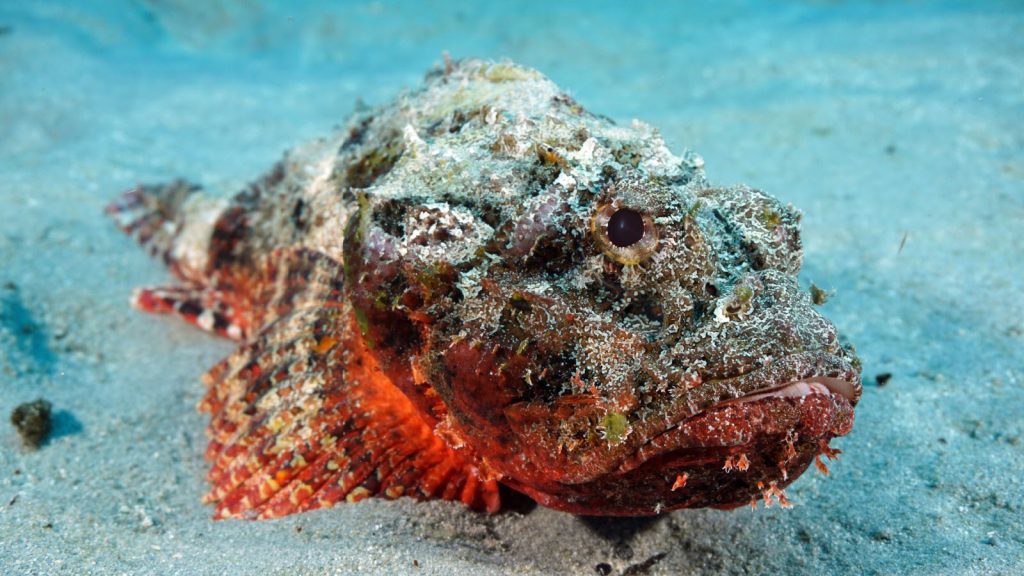
Contrasting the lionfish in appearance but not in toxicity, the stonefish might be the ugliest of the most venomous creatures. It possesses 13 dorsal fin spines that can inject a powerful neurotoxin, capable of causing death within hours if medical treatment is not received promptly.
Russell’s Viper
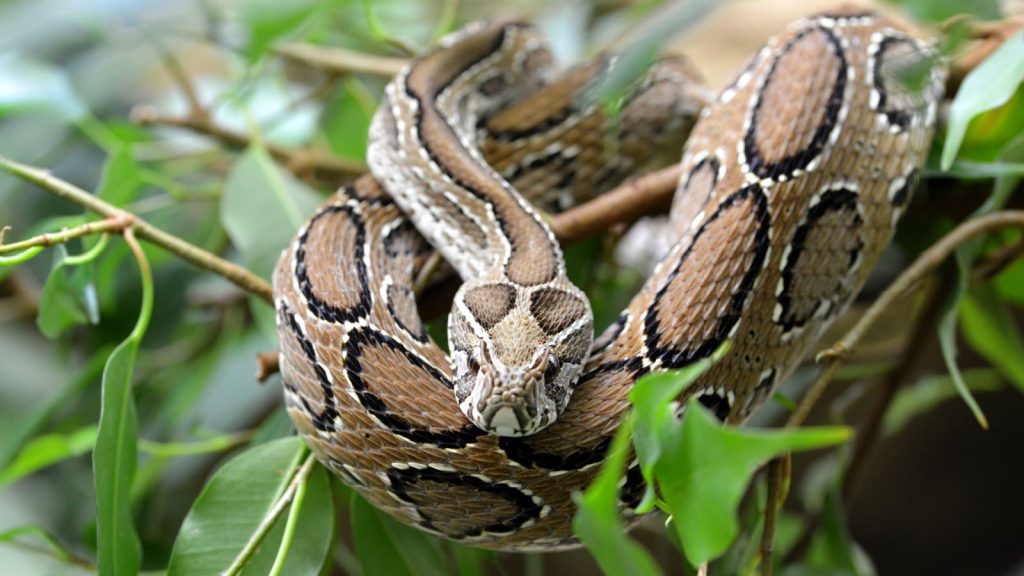
This viper’s bite delivers more than just venom; it brings prolonged agony. Victims may experience symptoms like bleeding gums, blood in urine, and severe pain lasting up to a month. Without treatment, a bite from Russell’s viper can be fatal, demonstrating its fearsome reputation.
Brazilian Wandering Spider
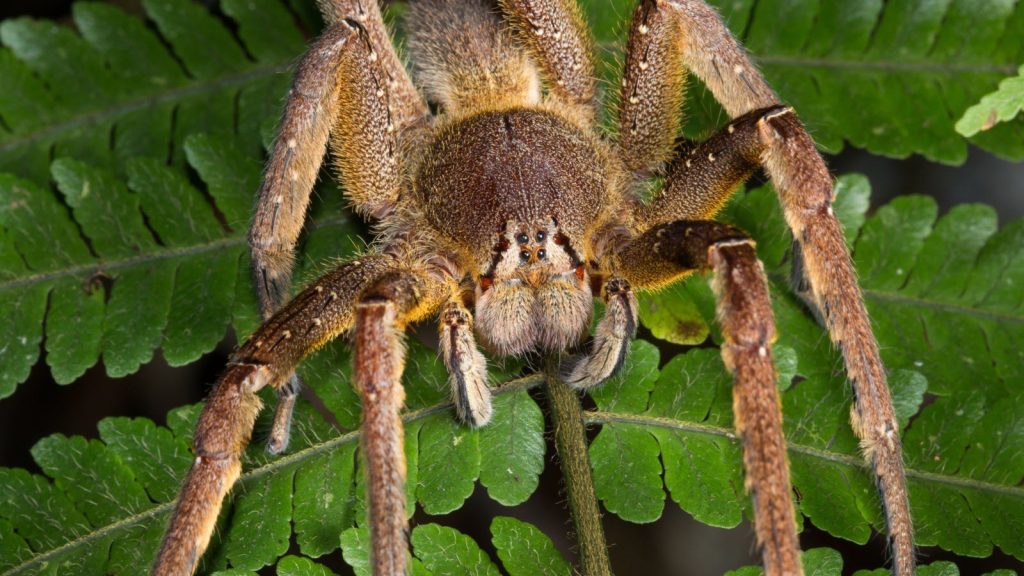
Among the most dangerous spiders, the Brazilian wandering spider’s venom contains neurotoxins that rival some snake venoms. Its bite can cause severe pain, paralysis, and even asphyxiation, with children being particularly vulnerable to its effects.
Indian Cobra
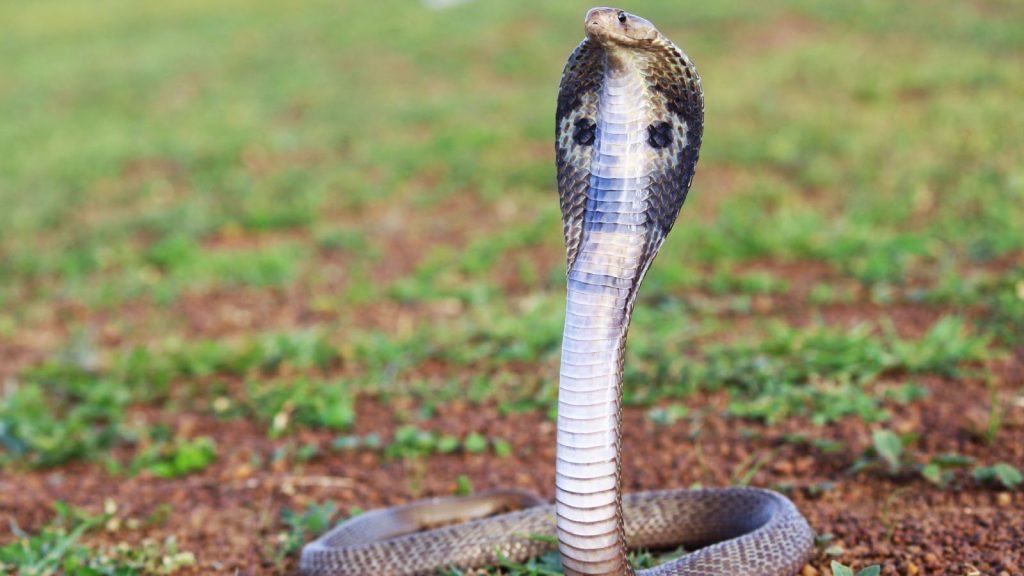
Known for its hood and intimidating posture, the Indian cobra’s venom mixes neurotoxins and cardiotoxins, creating a deadly cocktail that leads to a high fatality rate if bites are untreated. The estimated mortality rate for those bitten ranges from 20 to 30 percent.
Common Krait
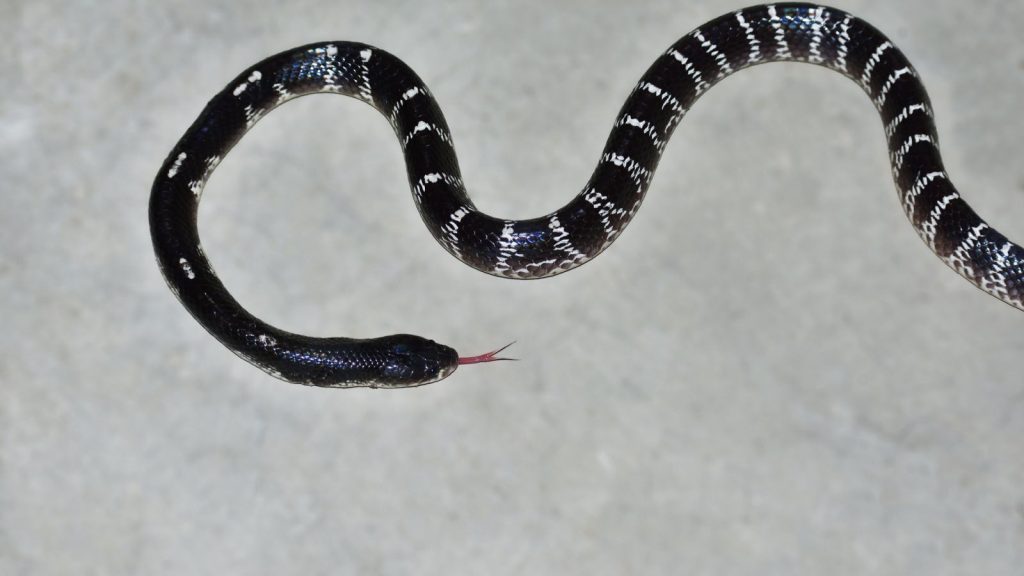
The krait is especially deadly because its bite might not even be felt. Its venom is loaded with powerful neurotoxins that can cause a victim to suffocate in mere hours post-bite, making it one of the most insidious venomous snakes.
Fat-tailed Scorpion
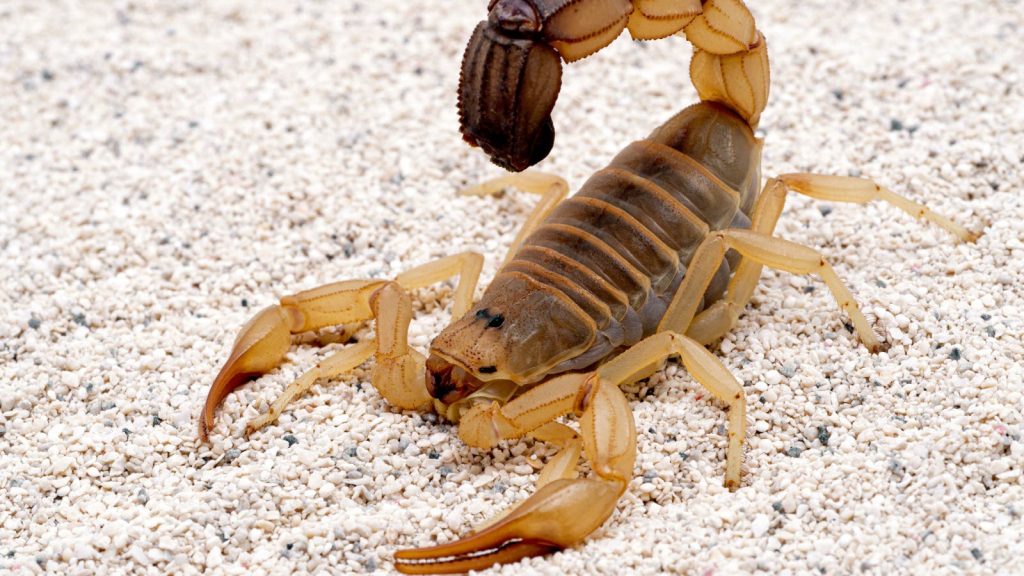
In North Africa, the Tunisian fat-tailed scorpion is responsible for the majority of scorpion sting deaths, with its venom powerful enough to kill within hours of envenomation. The neurotoxins it releases can lead to death swiftly, accounting for hundreds of fatalities annually.
Black Mamba
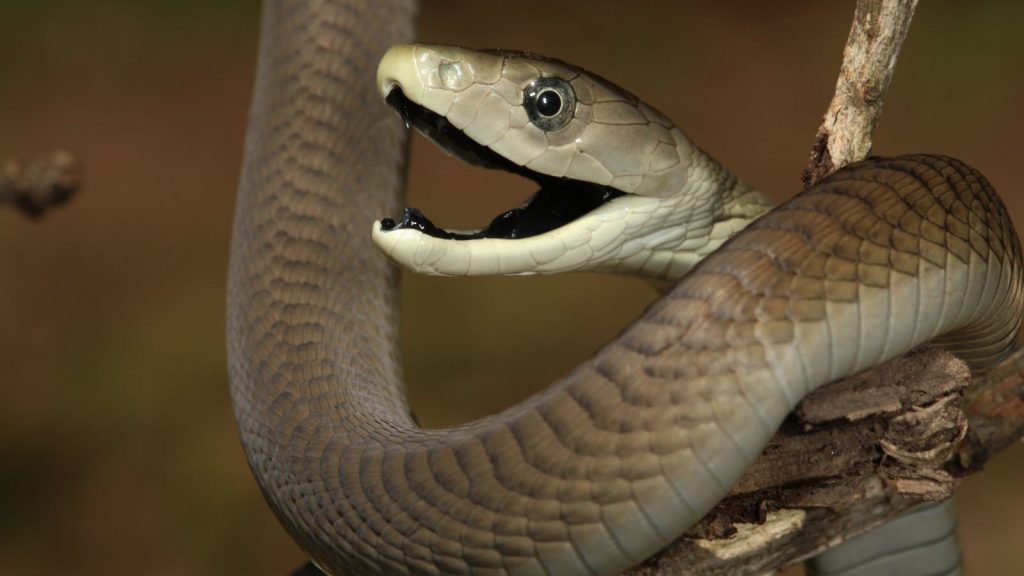
Feared for its speed and aggression, the black mamba can deliver enough venom in a single bite to kill several humans within hours. Its venom is a fast-acting mix of neurotoxins and cardiotoxins, making it one of the most dangerous snakes in the world.
King Cobra
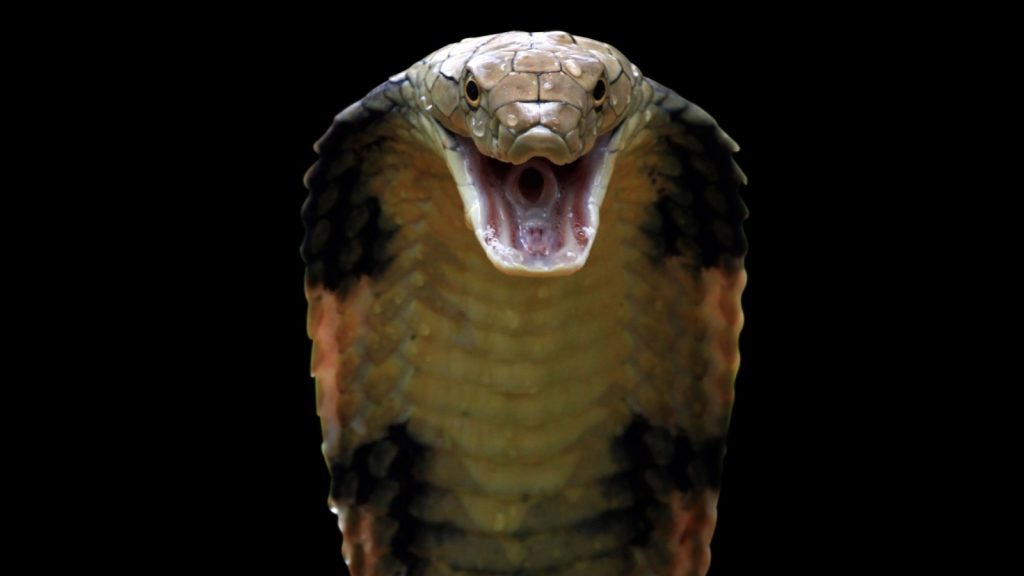
Despite not having the most potent venom, the king cobra is one of the deadliest snakes due to its ability to deliver a large volume of venom and even spit it at a target. Just 7 milliliters of its venom is enough to kill 20 humans or an elephant, showcasing its incredible danger.
Deathstalker Scorpion
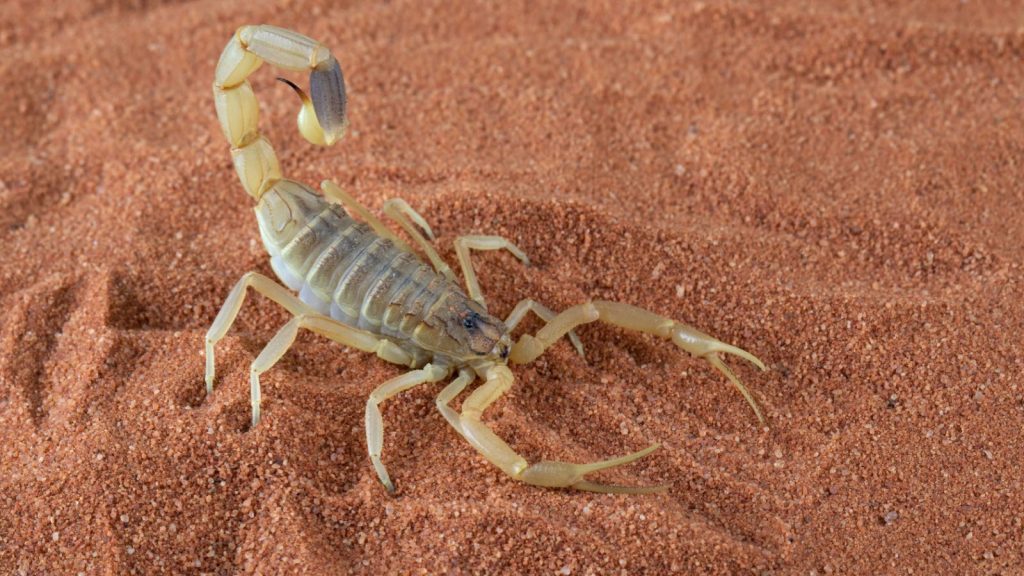
Despite its small size, the Deathstalker scorpion is extremely dangerous. Its venom has a median lethal dose of just 0.25 mg/kg, making it one of the most potent venoms in the scorpion family. Its sting can be fatal if not treated promptly.
Saw-Scaled Viper
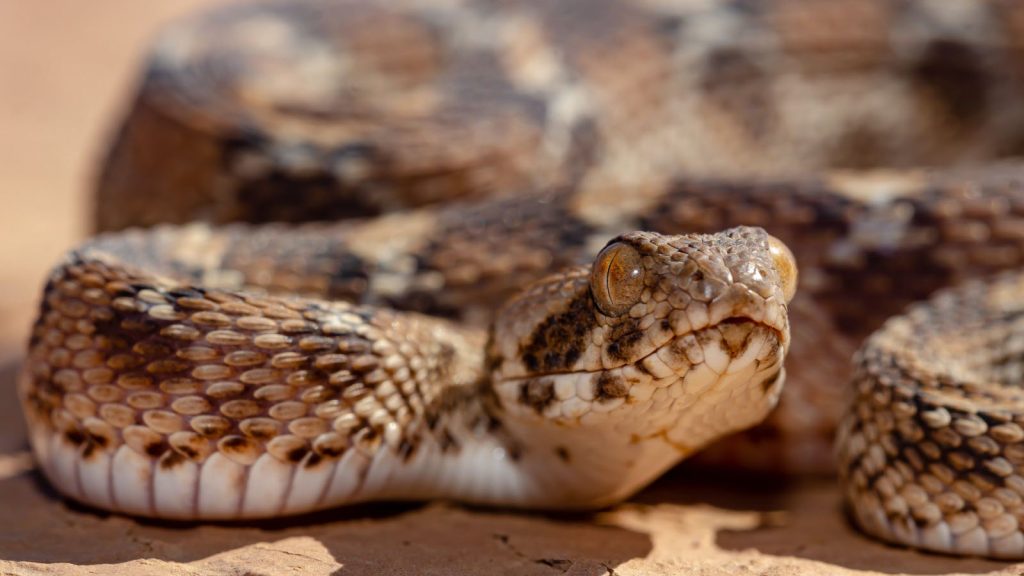
The Saw-scaled viper is notorious for causing more human fatalities than any other snake in its habitat. Its venom is incredibly effective at incapacitating its victims, contributing to its deadly reputation.
Indian Red Scorpion
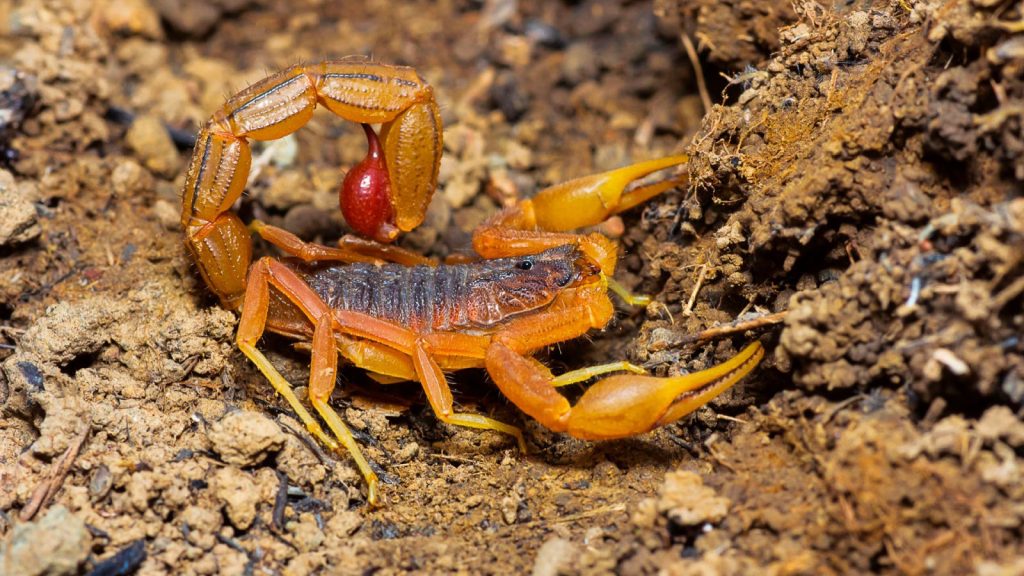
Captured in stunning detail by National Geographic, the Indian red scorpion is feared for its high fatality rate, which can reach up to 40%. Even a minor sting from this creature can be life-threatening without immediate medical attention.
Funnel-Web Spider
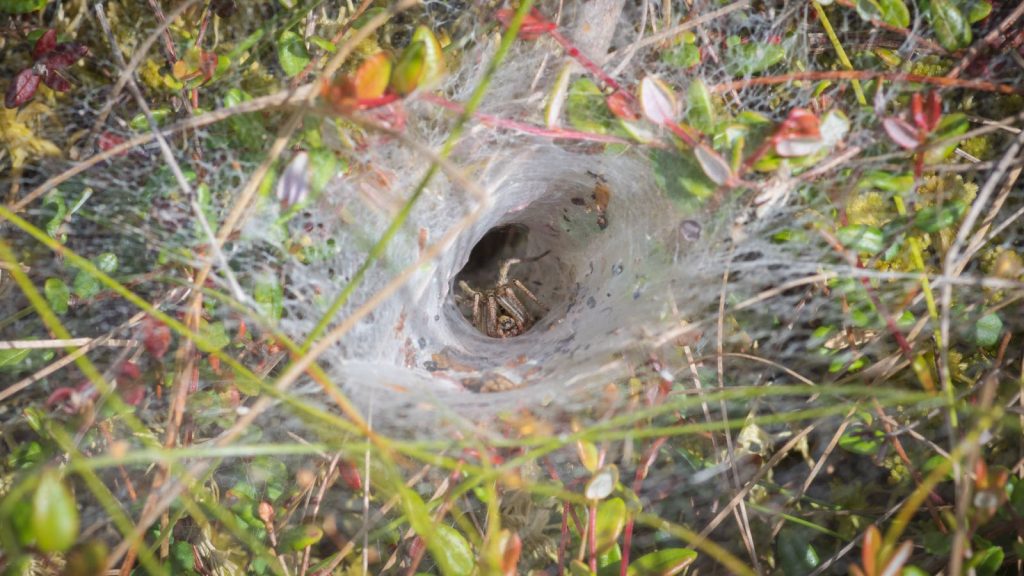
Known for its particularly toxic venom, the Funnel-web spider’s bite is more deadly than cyanide. The venom can cause severe physiological reactions such as increased blood pressure, arrhythmias, coma, and death, sometimes killing a small child within minutes.
Boomslang
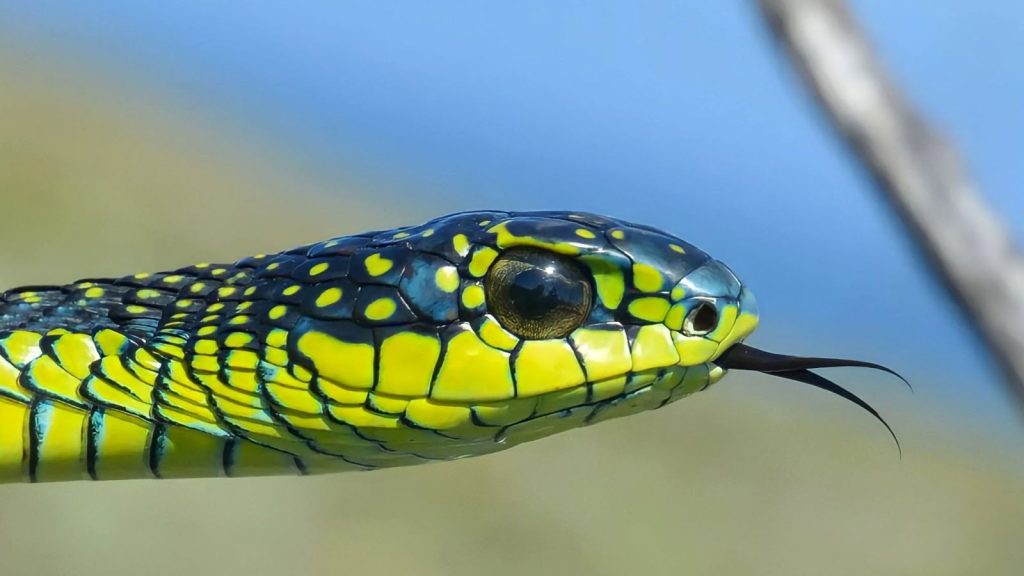
The Boomslang snake can unhinge its jaw to 170 degrees during a bite, allowing it to deliver its highly toxic hemotoxin effectively. While the venom is slow-acting, providing time for treatment, it severely disrupts blood coagulation, making every second count.
Dubois Sea Snake
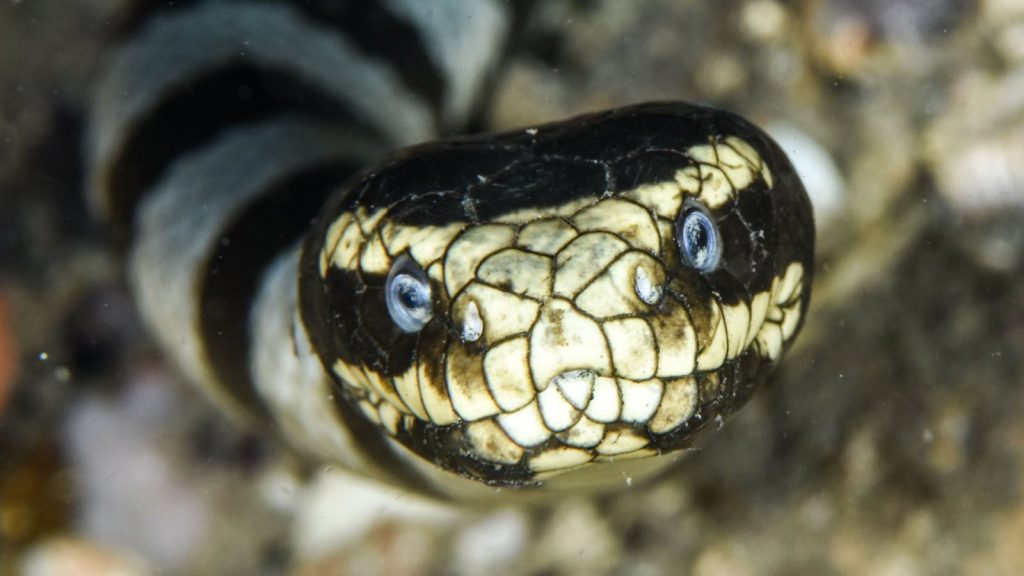
Among sea snakes, the Dubois stands out for having the deadliest venom, capable of killing a mouse with a single bite. Human victims can suffer severe systemic reactions, including paralysis and vision problems, with a small percentage resulting in death.
Coastal Taipan
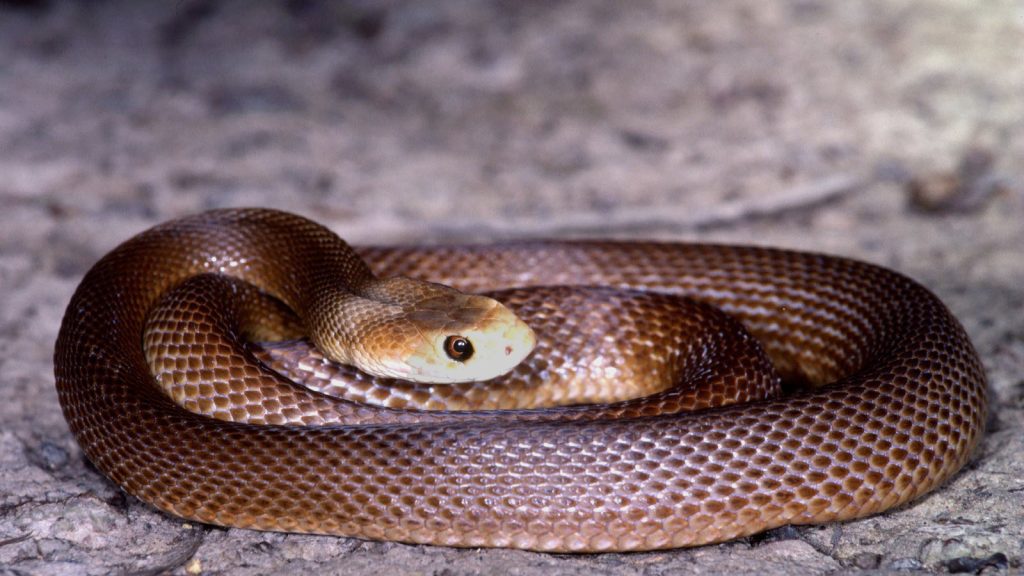
The venom of the Coastal taipan impacts both the nervous system and blood coagulation, leading to a 100% mortality rate if untreated. Its venom is so fast-acting that death can occur within thirty minutes of envenomation in severe cases.
Cone Snail
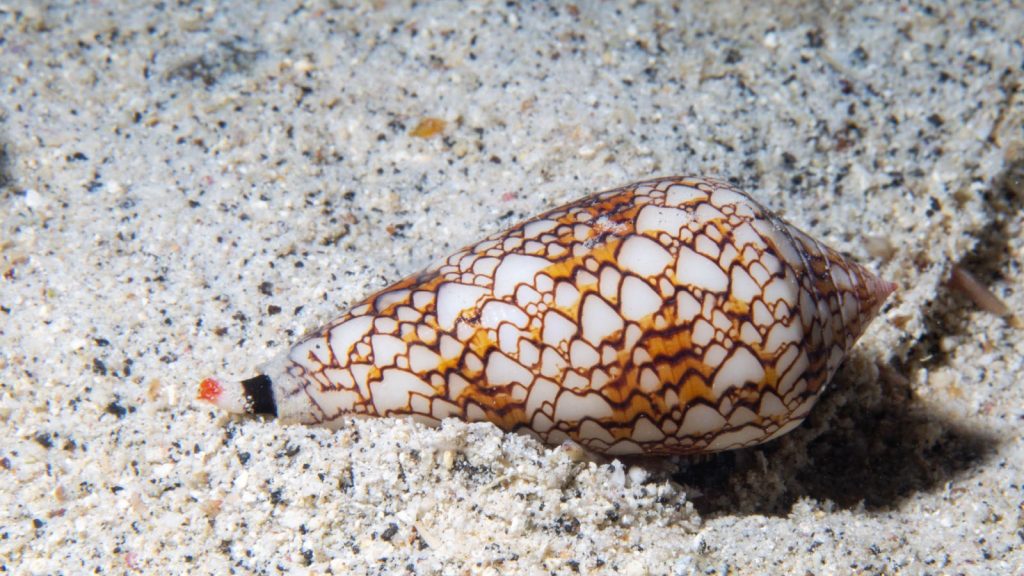
Though slow-moving, the Cone snail possesses a venom so potent that it can penetrate wetsuits with its radulae, or hollow teeth. A single snail’s venom can kill twenty adults, making it one of the most lethal marine snails.
Irukandji Jellyfish
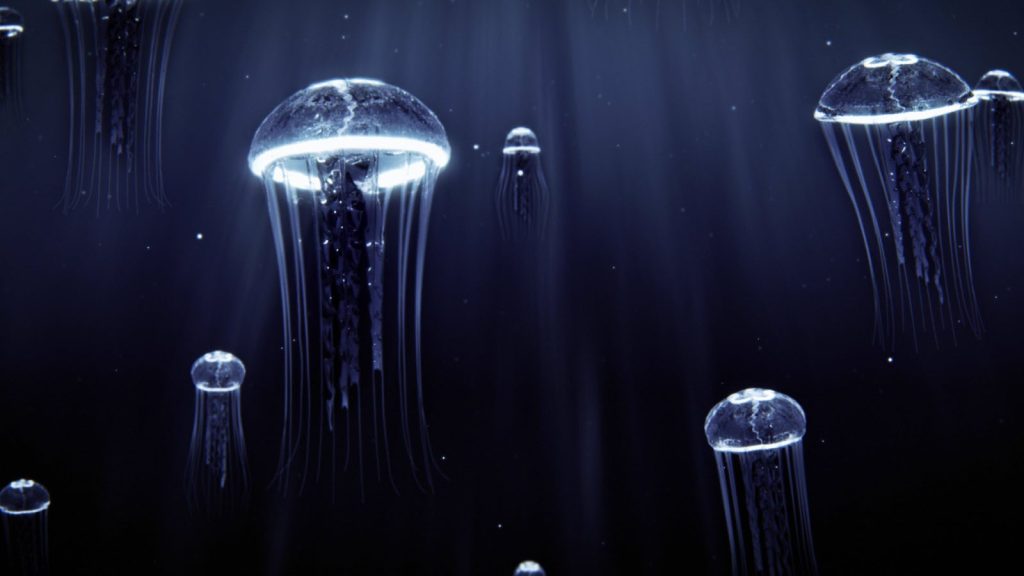
Small yet formidable, the Irukandji jellyfish’s sting leads to Irukandji syndrome, a condition so painful that even morphine may fail to provide relief. Its venom can also cause fatal brain hemorrhages, and unfortunately, no anti-venom exists.
Blue-Ringed Octopus
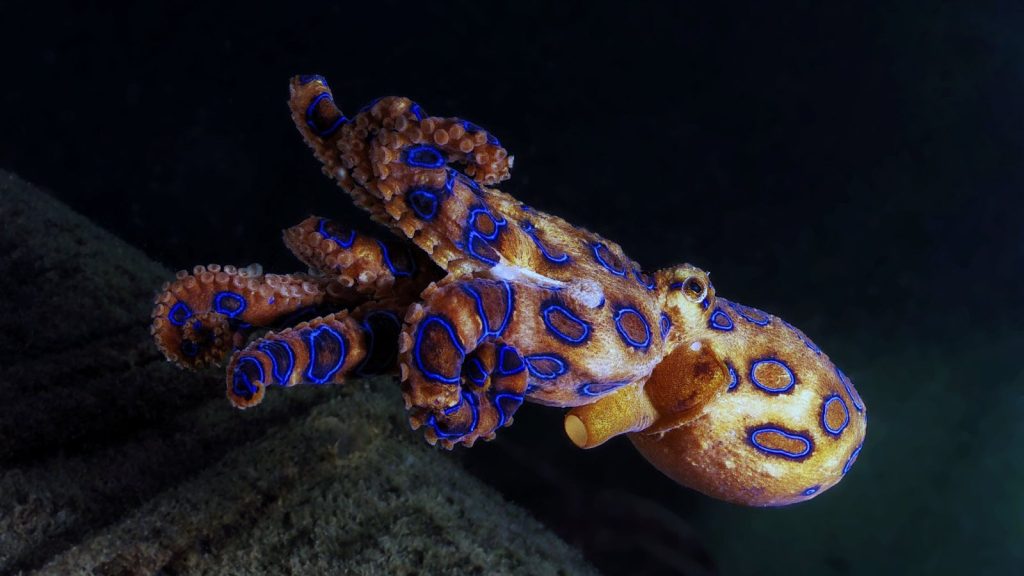
Small in size, the Blue-ringed octopus carries enough venom to cause respiratory failure within minutes and death shortly thereafter. A single bite has the capacity to kill up to 26 men, and currently, no antidote is available.
Inland Taipan Snake
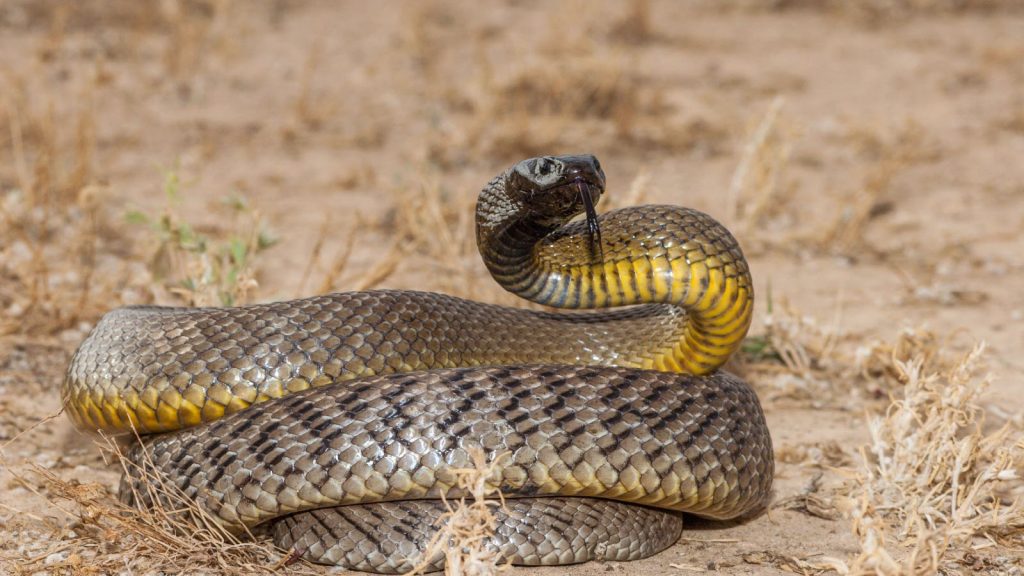
The Inland taipan, or “fierce snake,” has venom so lethal that just one drop can kill one hundred adult men. Its fast-acting nature means that the venom can claim a life within just 45 minutes of a bite.
Box Jellyfish
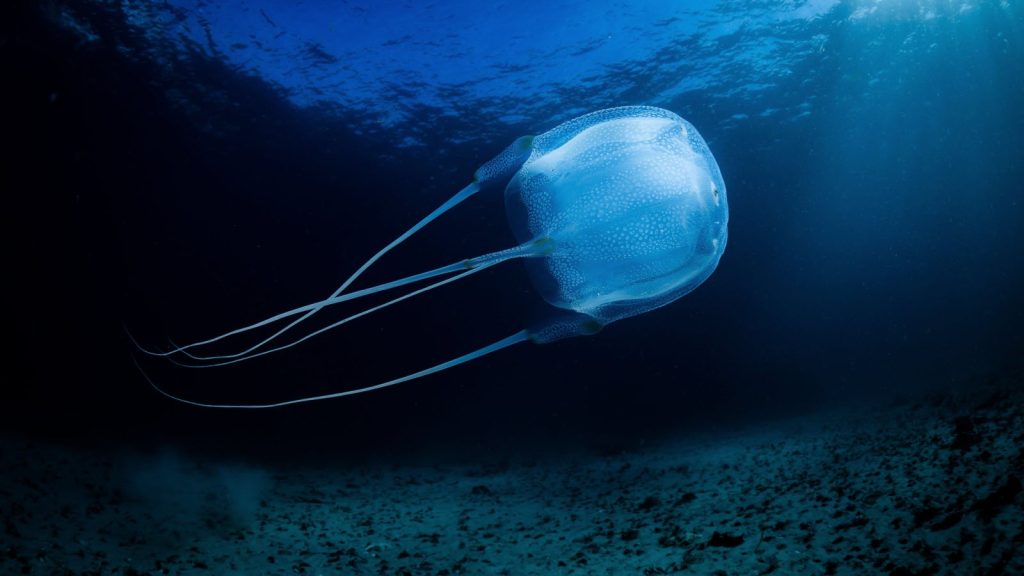
The Australian Box jellyfish, while not having the most potent venom, is considered one of the most deadly marine animals. Its venom can cause extreme pain, paralysis, and death within minutes, making an encounter with this jellyfish particularly perilous.
Katy Willis is a writer, master herbalist, master gardener, and certified canine nutritionist who has been writing since 2002. She’s finds joy in learning new and interesting things, and finds history, science, and nature endlessly fascinating.
